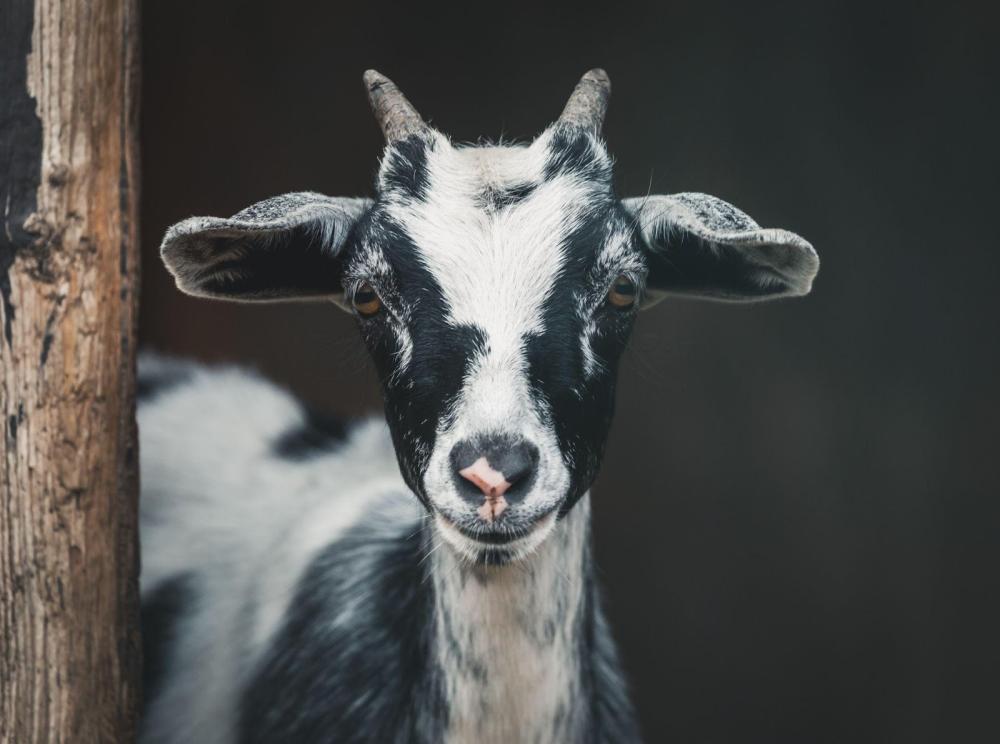Shedding a light on goat plague
March 29, 2023

Photo by Peter Lloyd on Unsplash
A team of researchers led by Sagar Goyal, a professor at the University of Minnesota College of Veterinary Medicine, and Nader Maher, a postdoc in Goyal’s lab, have clarified how a virus called peste des petits ruminants (PPRV) causes disease in sheep and goats by studying its genetic makeup. Their findings highlight which viruses co-infect these animals alongside PPR, helping PPR virus evade vaccines and spread in the process.
Goats and sheep are essential to the food security of millions of people around the world, particularly in Africa, the Middle East, and South Asia. And PRR, also known as goat plague, is a top threat to small ruminant production and welfare. As a result, the Food and Agriculture Organization of the United Nations (FAO) considers PPRV a major constraint to the development of global small ruminant production.
Although a vaccine is available, goats and sheep with PRRV are often also infected with retroviruses. This co-infection overwhelms the immune system, which interferes with vaccine protection. Previous research has shown that, most often, the small ruminant retroviruses responsible for co-infection with PPRV are enzootic nasal tumor virus (ENTV) and Jaagsiekte sheep retrovirus (JSRV).
For this study, the researchers began by confirming the presence of the PPR virus in four flocks with clinical cases of the disease. Then, the team sequenced the genetics of the PPR strain circulating the four flocks. The researchers found strains of ENTV in goats and JSRV in sheep that had not been detected in Egypt previously and saw that these strains were helping PPRV replicate and spread by weakening animals’ respiratory immunity . As a result, they consider these retroviruses a major obstacle to the PPR eradication program launched by FAO and the World Organisation for Animal Health.
However, these findings can help reshape diagnostic and vaccination strategies for PPR—in Egypt and beyond. The researchers suspect that unsecured boundaries during political disturbances may facilitate viruses to invade a country when uncontrolled migration of shepherds and their flocks takes place, for example. They suggest strategies such as mandatory surveying for ENT and PPR in veterinary quarantine stations at the borders of affected countries, and regular blood testing by producers for pathogen levels in their sheep and goat flocks.
“The presence of the Asian strain among African strains and that of African strain among Asian strains may reflect the transboundary nature of the disease, which is alarming and needs international cooperation to combat before it becomes a global food security problem,” says Goyal.
Read the full study in Tropical Animal Health and Production.


